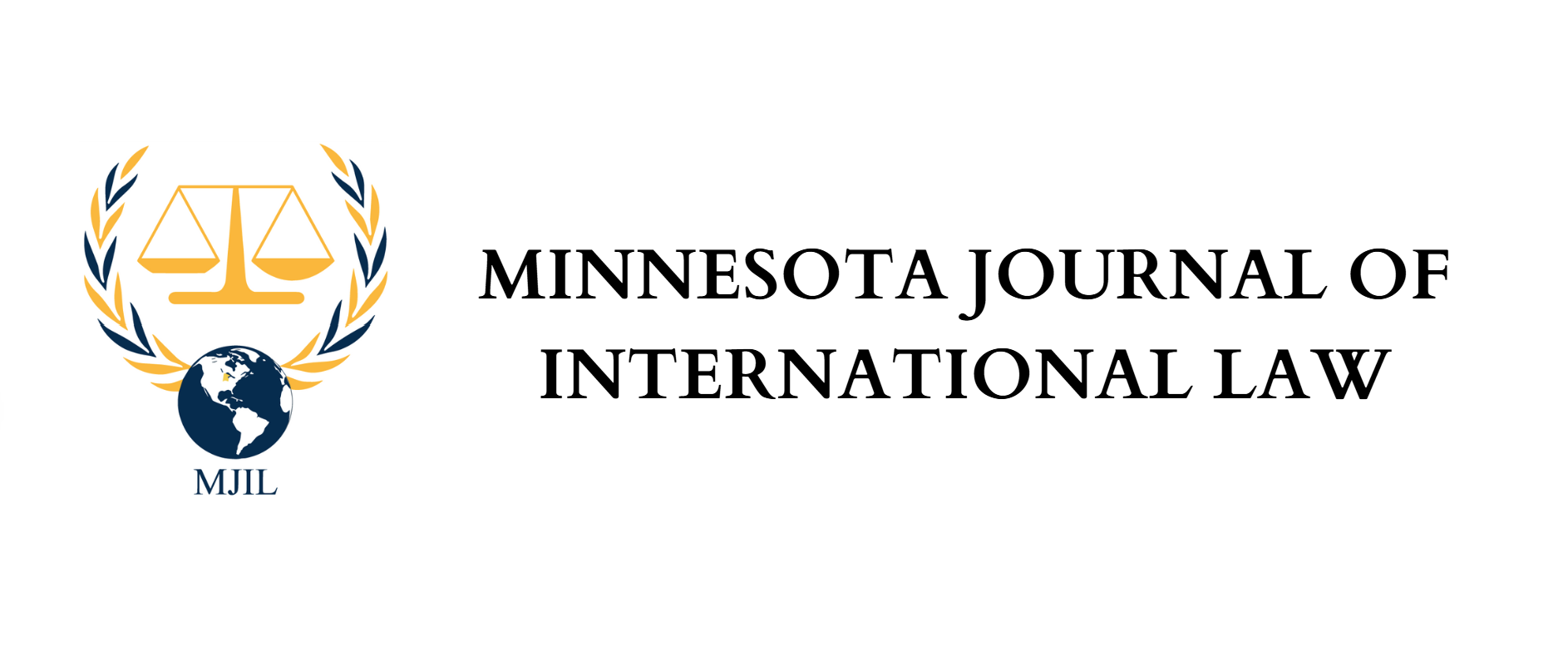Teagan L. Danilowicz
In 2020, President Donald J. Trump signed the National Defense Authorization Act for Fiscal Year 2020, establishing the United States Space Force as a branch of the Air Force.[1] According to §9091 of the Act, the functions of the Space Force include “providing freedom of operations in… the space domain for the United States” and “enabling the lethality and effectiveness of the joint force,” encompassing both offensive and defensive duties.[2] The creation of the Space Force raises numerous questions within the realm of international law, including whether the establishment of such a force is permitted under international legal frameworks.
The backbone of international space law is the United Nations’ Treaty on Principles Governing the Activities of States in the Exploration and Use of Outer Space, Including the Moon and Other Celestial Bodies, commonly known as the Outer Space Treaty.[3] This treaty was established in the late 1960s, amid the historical context of the Space Race.[4] The United States is among the Treaty’s signatories.[5] These signatories agree to recognize the importance of utilizing outer space for “peaceful purposes,” for the “benefit and in the interests of all countries… and shall be the province of all mankind.”[6] The treaty also states that weapons of mass destruction are not to be placed in orbit around the Earth or on other celestial bodies.[7]
An examination of the official United States Space Force website reveals that the Force is intended to address the “need for a military service focused solely on pursuing superiority in the space domain.”[8] This statement, as part of the Force’s mission, exemplifies its potential noncompliance with the Outer Space Treaty. Pursuing superiority in space for the benefit of a single country does not align with the principles of peaceful use, non-national appropriation, or, perhaps most concerning, the Force’s compliance with the Treaty’s military provisions.[9]
Because the Outer Space Treaty technically addresses only weapons of mass destruction—not less destructive weapons—it is possible that the United States will operate within this permitted window.[10] The Treaty allows for the establishment of defensive capabilities, provided such efforts do not threaten global stability.[11] Supporters of the Space Force point to the historical use of space, citing the importance of satellites in communication, navigation, and military operations on Earth, and argue that the Space Force merely centralizes these functions as part of a defensive infrastructure.[12] Additionally, officials have expressed concern about Russia potentially developing a nuclear weapon designed to obliterate every satellite in low Earth orbit, which could leave the world vulnerable to nuclear attack or economic disruption.[13]
In the absence of a more robust enforcement mechanism in the final frontier, the need for clear international consensus, stronger institutions, and more defined norms for the utilization of outer space is imperative, to prevent it from becoming a live-action reenactment of Star Wars. Whether the Space Force has or will directly violate international law may depend on its future actions. What is certain, however, is its departure from the Treaty’s peaceful essence and the legal ambiguities that persist.
[1] National Defense Authorization Act for the Fiscal Year 2020, S. 1215, 116th Cong. § 9091 (2019).
[2] Id.
[3] Treaty on Principles Governing the Activities of States in the Exploration and Use of Outer Space, Including the Moon and Other Celestial Bodies, Oct. 10, 1967, 610 U.N.T.S. 205.
[4] Bureau of Arms Control, Verification, and Compliance, Treaty on Principles Governing the Activities of States in the Exploration and Use of Outer Space, Including the Moon and Other Celestial Bodies: Narrative, U.S. Dep’t of State (last visited Sep. 27, 2025), https://2009-2017.state.gov/t/isn/5181.htm#narrative.
[5] Treaty on Principles Governing the Activities of States in the Exploration and Use of Outer Space, Including the Moon and Other Celestial Bodies, Oct. 10, 1967, 610 U.N.T.S. 205.
[6] Id.
[7] Id.
[8] About the United States Space Force, U.S. SPACE FORCE, https://www.spaceforce.mil/About-Us/ (last visited Sep. 27, 2025).
[9] Adam Irish, The Legality of a U.S. Space Force, OPINIOJURIS, (Sep. 13, 2018), https://opiniojuris.org/2018/09/13/the-legality-of-a-u-s-space-force/.
[10] Id.
[11] Id.
[12] David Klepper, Hijacked Satellites and Orbiting Space Weapons; In the 21st Century, Space is the New Battlefield, ASSOCIATED PRESS, (Aug. 18, 2025), https://www.ap.org/news-highlights/spotlights/2025/hijacked-satellites-and-orbiting-space-weapons-in-the-21st-century-space-is-the-new-battlefield/
[13] Id.
